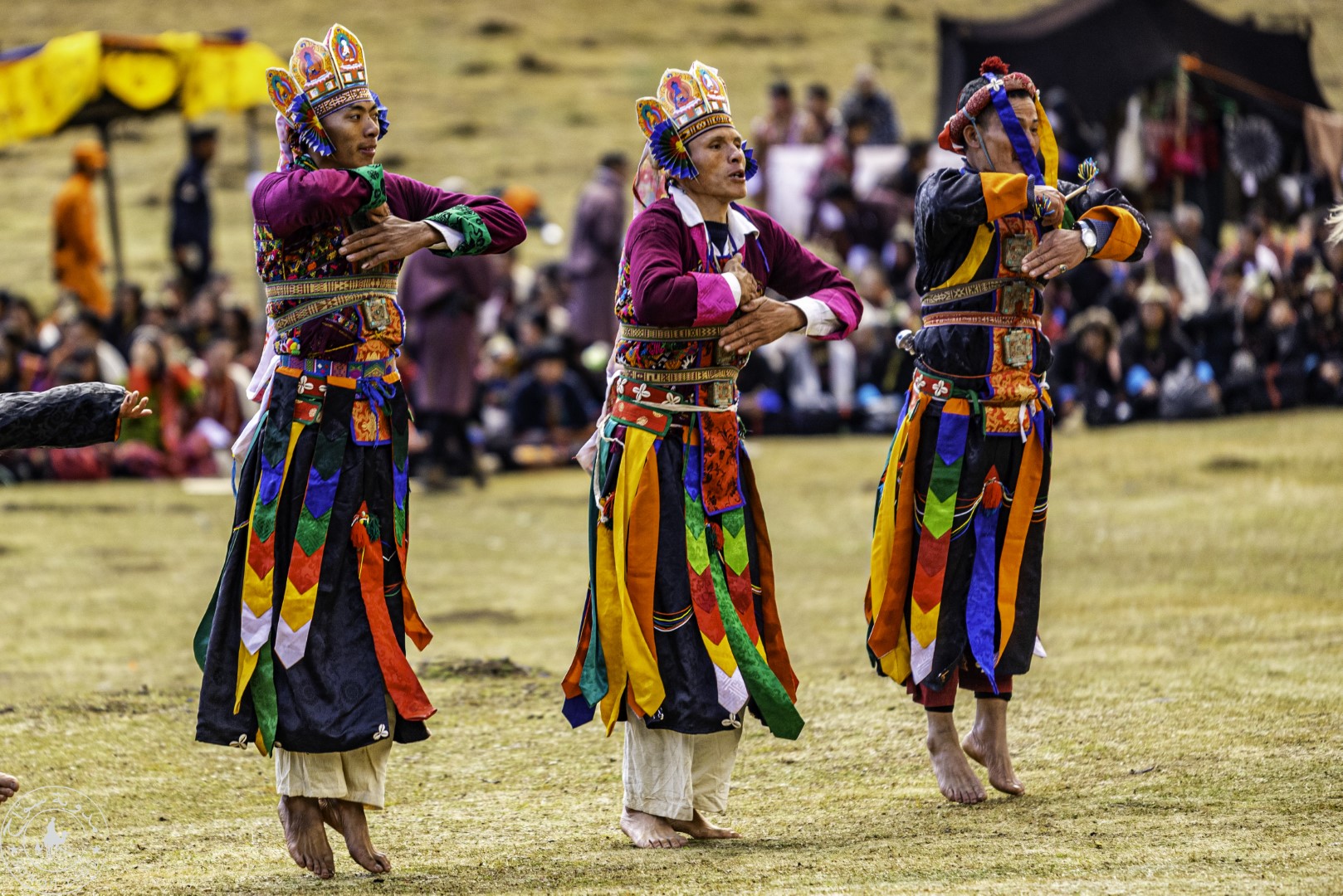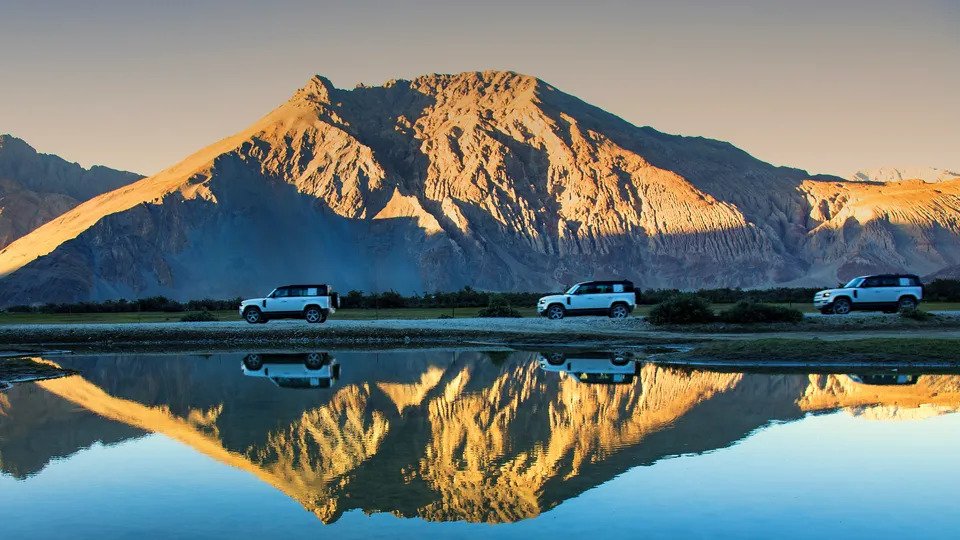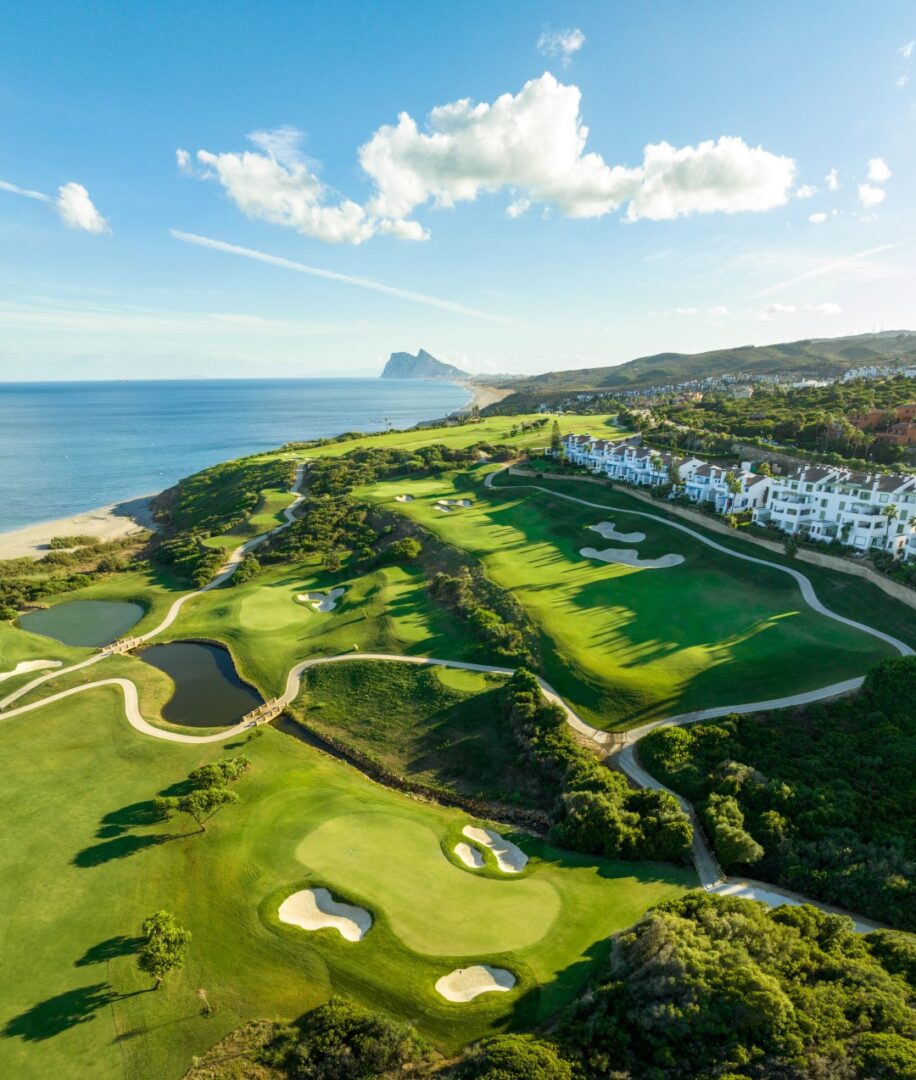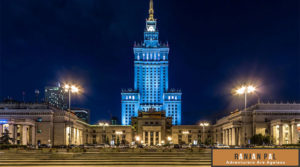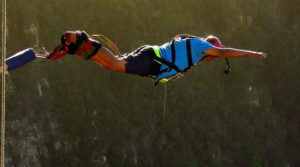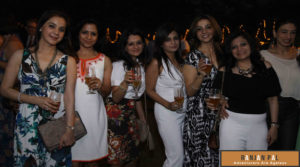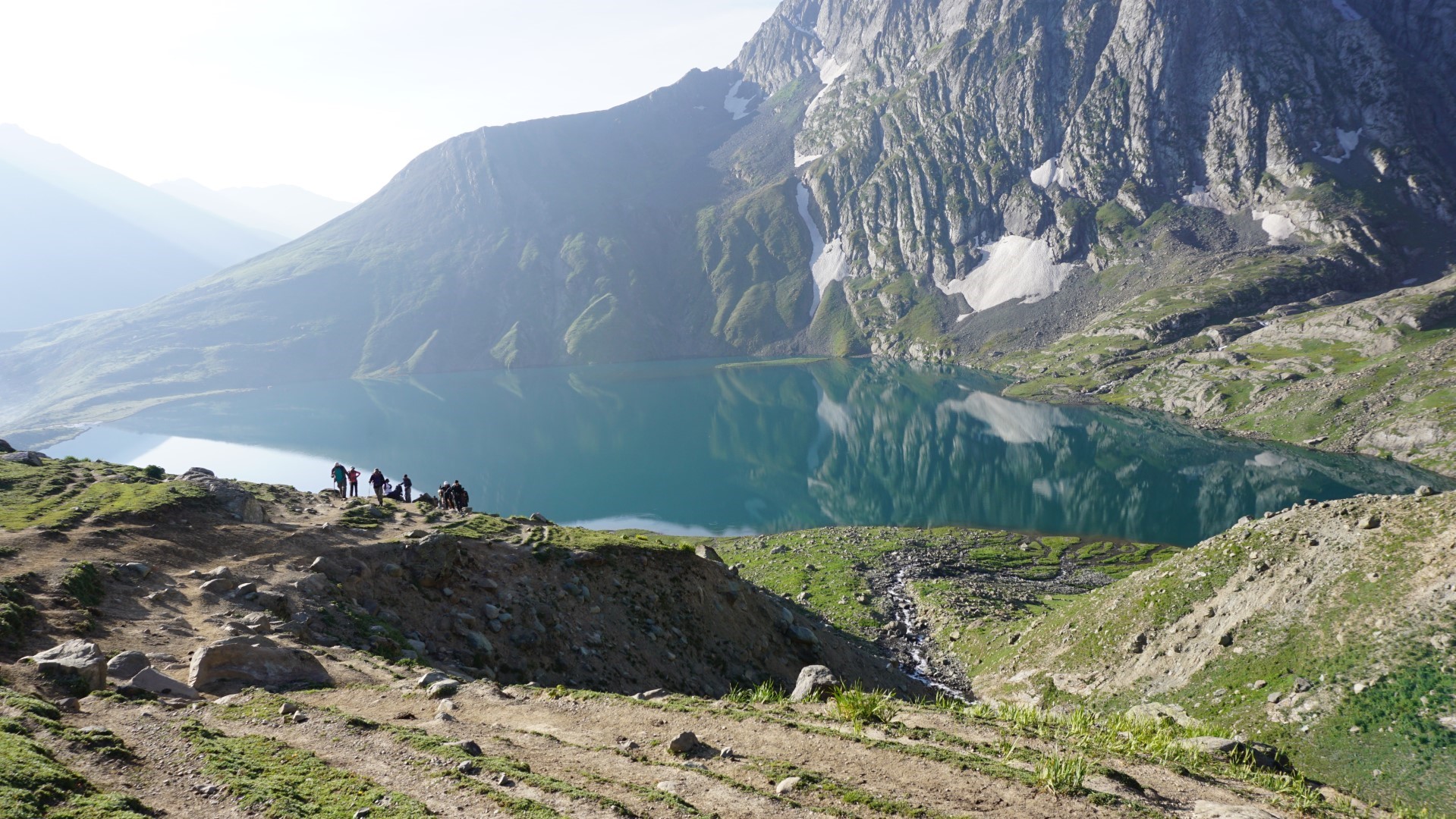

The Great Lakes of Kashmir: The End of the Trail
This article appeared in New Zealand Herald on January ’24. You can see the original print here.
The Great Lakes of Kashmir (GLK) trek had been on my bucket list for a very long time. Arguably the prettiest trek we have in India, it encompasses a trail that passes by seven alpine lakes in Kashmir, glittering emerald green pools guarded by forbidding mountain crags, themselves adorned with sparkling snowfields. No wonder proud Kashmiris are happy to hear their state called the Switzerland of India!
Besides the attraction of the lakes, Kashmir itself was a big gap in my portfolio of mountain treks, since I had trekked pretty much everywhere else in the Himalayas, including Ladakh and Bhutan and of course Nepal. Our tight little band of ageing adventurers had planned this one for August 2020, but the worldwide tsunami of Covid-19 put paid to that idea. So here we were three years later, winging our way to Srinagar and to our tryst with our mountain destiny.
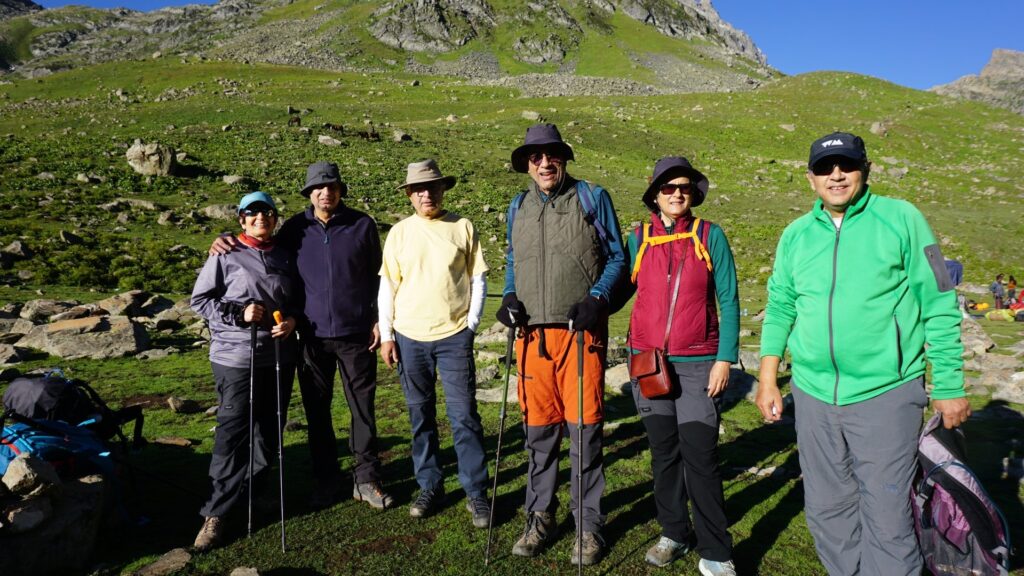

What we hadn’t reckoned with was that everybody else was thinking the same thing. The “fear factor’’ with regard to India’s most politically troubled state having been extinguished, with Kashmir now firmly under military control and indefinite central rule, tourists were thronging there in droves. And packs of avid young trekkers having seen the alluring images of the Kashmir Himalayas were now being shovelled through the GLK trail by rock-bottom operators like Trek De Himalaya and Cliffhangers which had commoditised the whole experience. We experienced trekkers had paid five times as much for an exclusive mountain adventure to White Magic which had quickly established itself as one of India’s best and ecologically conscious adventure travel companies. Now with the hordes arriving every day, the devastating impact of mass tourism on the fragile mountain environment was most disconcerting and disheartening.
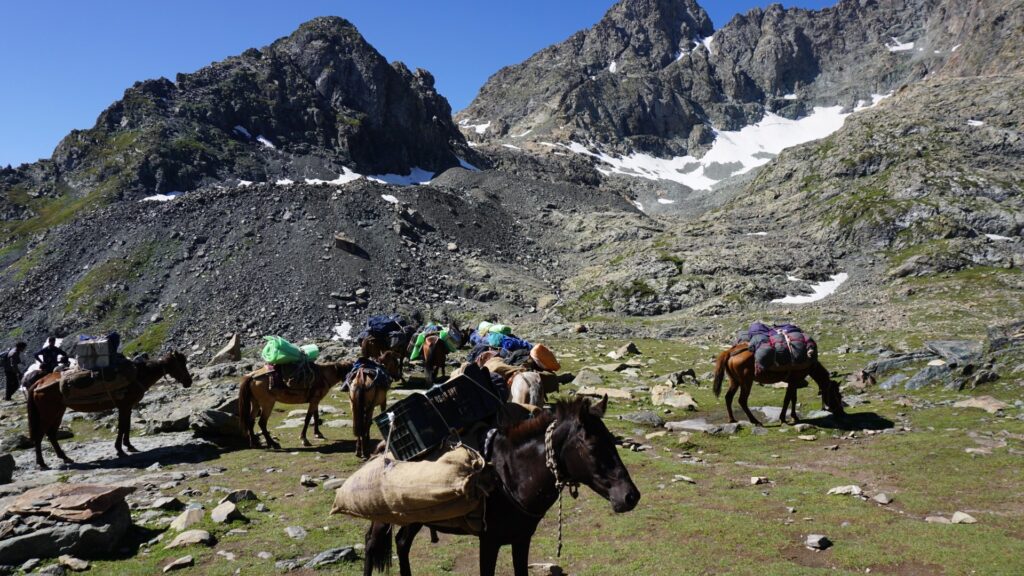

Right from the get-go in Sonamarg, we were overwhelmed by crowds of trekkers and herds of pack animals that seemed to be everything, everywhere, all at once, with the most unhappy repercussions for me personally. I had begun my trekking career with the iconic trek to the Everest base camp in November 2012 and had followed up with several more to the base camps of the Himalayan giants. I was proud of my mountain-climbing accomplishments, which started after the age of 50. But now I was undeniably slowing down; age and diminishing stamina were beginning to take their toll. The warning signs were evident during my last trek to the Annapurna sanctuary where I trailed considerably behind my trekking partner almost all the time.
Kashmir proved to be my trekking Waterloo. I had perfected a personal climbing technique where I would climb 100 steps at a time with my head down and then take a break to catch my breath. On a deserted trail this worked well, but on this overcrowded GLK trail, my rhythm was broken innumerable times, as I had to frequently stop to let trains of trekkers and pack mules pass. In the case of the mules particularly, you had to step aside smartly or risk being knocked clear off the trail. My climbing rhythm destroyed and my spirits despondent, I began to lag further and further behind. Eventually, I gave up and clambered onto one of the two ponies, an act I would have considered sacrilegious before, and let it haul me into our camp where I collapsed into an exhausted sleep.
When I awoke, there was a perfect rainbow bracketing the sky down valley, and I gazed at the magical sight for a long time through the flaps of my tent.
The next day, our group of eight college buddies continued to hike the KGL trail which follows the course of the Pind stream upwards through thick pine forests and grassy meadows until it breaks through the treeline and then loses its way in some nasty-looking boulder-strewn fields.
From our next campsite, we could see the Nichnai Pass (4,100m), visible as a distinct notch in the distant ridgeline that towered high above us, with the trail leading up to it appearing as a scar on the face of the mountain.
The day dawned bright and sunny. We left camp in a single file, moving steadily towards the top of Nichnai Pass. I brought up the rear along with our young Kashmiri guide, Umar, who was to prove of great help to me throughout the trek. As I struggled once again to keep up, it became obvious that I would have to rely on the pony again. But now I felt no shame or guilt, just a resigned acceptance of my fate. My trusty steed Tela clambered up the stony path, with me clutching onto the saddle.
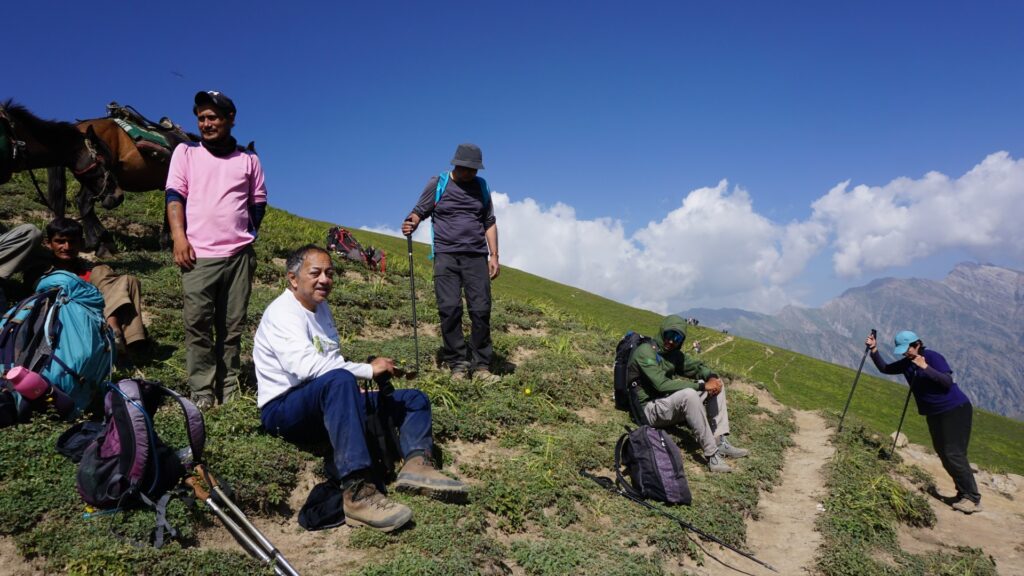

What goes up must come down. And I have always felt better about descending than ascending, though for some trekkers it is the other way around. We negotiated the steep rocky slopes on the other side of the pass and reached a long stretch of grassy meadows strewn with pretty purple irises and yellow buttercups.
At the bottom of the valley we stopped for lunch. We took off our boots and cooled our tired legs and blistered feet in a crystal clear and cold mountain stream. I could have stayed here forever, but I had promises to keep and miles to go before I slept, and so on and so on.
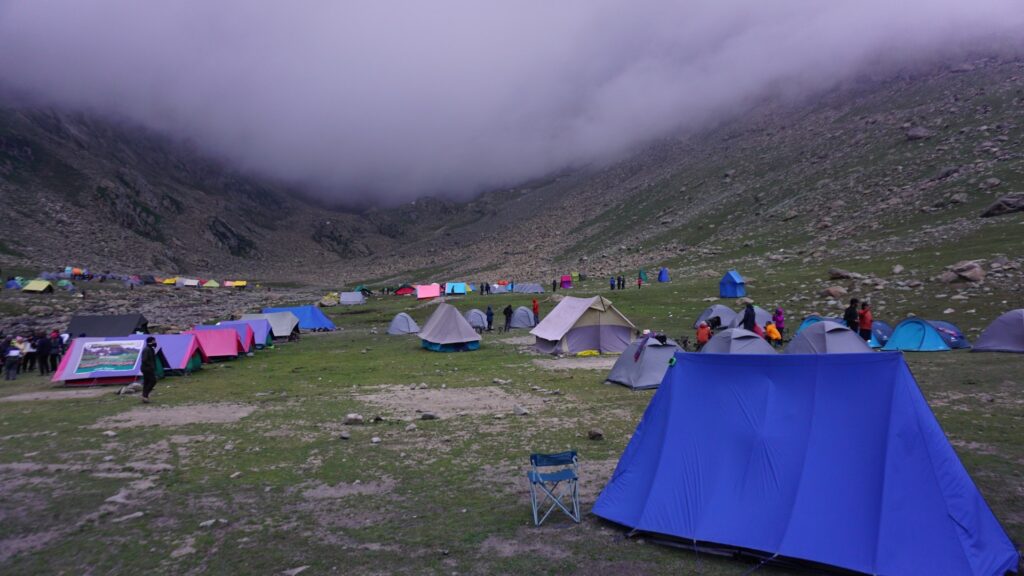

Eventually, we reached yet another jam-packed campsite. So large were the crowds that you would think people had gathered for a mountain music festival !
But our sinking spirits rose when we climbed the small moraine behind the camp and caught a glimpse of the first of the great lakes, Vishansar, revealing itself in all its glory. Vishansar is the picture-perfect alpine lake, with snow-streaked mountain cliffs that plunge down into its icy waters from all sides and with incredible aquamarine hues that shift and change in the evening light.
The next day was a rest day and we had the luxury of sleeping in for a change and enjoying our mountain escape. I waited for the sun to reach its zenith before venturing back to Vishansar and bathing in its clear waters. Scrubbing the sweat and grime of the last few days off my body with Cinthol soap, I felt like a new man. Best of all, there was not a soul in sight; even my trek mates had forgone this singular pleasure. I revelled in my solitude, thankful that there was no sign of the typical mass-market express-train treks. I have never understood their appeal or the people who go on them. They make no effort to allow hikers to actually relax during the trek and take in their magnificent surroundings before hustling them off to the next stop, the next campsite.
The next day, we were back at work on the chain gang, with an early morning start to beat the crowds, headed to the highest point on our trek, Gadsar Pass (4,200m). We climbed steadily in the morning sunshine, leaving Vishansar behind and reaching Kishansar, 100m further up. Kishansar is a smaller and paler version of its larger and more robust cousin, Vishansar. The effects of climate change on Kishansar are clearly visible, with grassy tongues of land emerging from its shrinking surface. The trail skirts the side of the lake and immediately we ran into another human traffic jam. At one point, when I looked up and saw the long queue of trekkers struggling up the trail, I was reminded of that notorious photo of Everest climbers lined up above the South Col waiting their turn to summit.
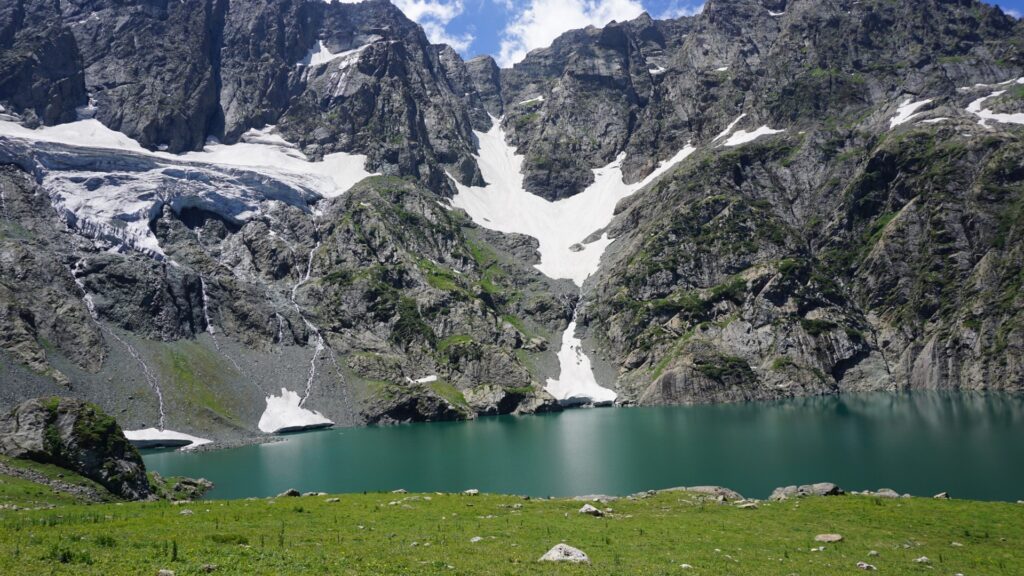

Descending the other side, we passed Yamsar on our way to Gadsar. The latter is a spectacular green emerald lake and easily the prettiest one we encountered during the entire trek. Fed by glacial streams plunging down from melting icefields high up, Gadsar is relatively inaccessible and offers no decent campsites, but its sheer beauty will take your breath away. Reluctantly, we left the lake behind and continued our descent through the green valley until at long last we saw a large cluster of colourful tents, with the Indian tricolour fluttering above, spread out in the distance. This was the lone army checkpost in this region, manned by the Rashtriya Rifles. We were now beyond the halfway mark, having covered 16 km in the space of over eight hours this day.
The next day, we lined up with the other trekkers to cross what must be the last remaining snow bridge in the valley to get to the other side of Wangath Nallah. There was nobody to regulate the flow of people across the precarious bridge, and if it were to collapse under the weight of the crowd, we would have a major disaster on our hands. Fortunately, nothing untoward happened and we gained the other side quickly.
From this point, the trail takes a zigzag route up the side of the mountain. Then it flattens out, and it is an easy though long walk to the next set of lakes called Satsar or Seven Lakes but considered as one when counting the lakes of the GLK trek. These are more like large shallow ponds, and we passed three of them on our way to the campsite, picking our way over the boulders. Once again, I found a crystal clear and cold mountain stream to have my second wash of the trek.
Our run of good weather ended that night, as clouds had gathered the previous evening followed by a short sharp hailstorm, a loud drumbeat on the roof of the dining tent.
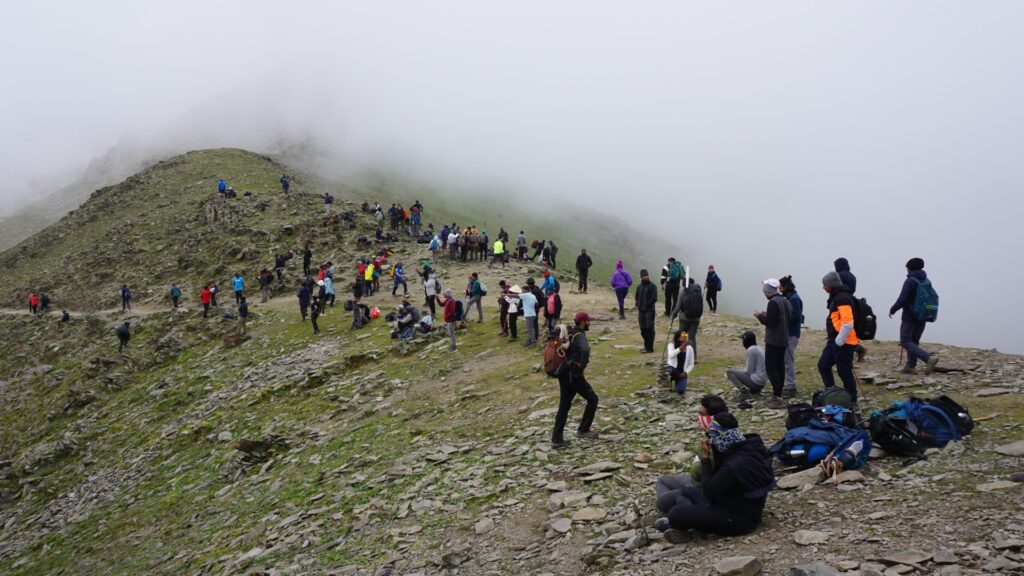

The final pass of the trek, Zajbal (4,005m), was hidden far above in the scudding clouds. We took a safer, lower route traversing the mother of all boulder fields to avoid the danger of rockfall from above. The ascent to Zajbal is steep and relentless, and we were beset on all sides with the usual throng of young trekkers, chattering, laughing, shouting. At least, the clouds parted for a few brief moments to allow us a spectacular view from the pass of the last two of the seven Great Lakes , Nundkul and Gangabal, visible far below.
Dropping down quickly to the valley floor, we walked gradually up to Gangabal for a closer look. Both these water bodies are much larger than Vishansar and Gadsar – vast shimmering expanses of water lying at the foot of soaring peaks. Gangabal drains into the smaller Nundkul, and this is where we set up our camp. It is a stunning location, with the imposing bulk of Mount Harmukh (5,142m), which translates as “the diadem of Shiva”, towering into the sky above the lake. Far up its sheer rock face, the remains of an old snowfield bleed into the lake in a continuous thin stream of glacial water. At night, with the reflection of the full moon glimmering on the surface of Nundkul, the scene is even more enchanting .
The next day was supposed to be a rest day, but our leader, Dawa, was worried about the effect of the Amarnath Yatra, possibly leading to road closures. He recommended pushing on to another campsite to shorten the distance we would have to cover to Naranag on the last day. I was not in favour of this, wanting to instead enjoy the view from this last superb lakeside campsite, but was overruled by the others who were worried about the taxing descent from 3,550m to 2,130m.
As it happened, the next morning dawned cold and blustery, with Harmukh hidden from view, so I was not unhappy about moving on except for the tiresome process of packing up all over again.
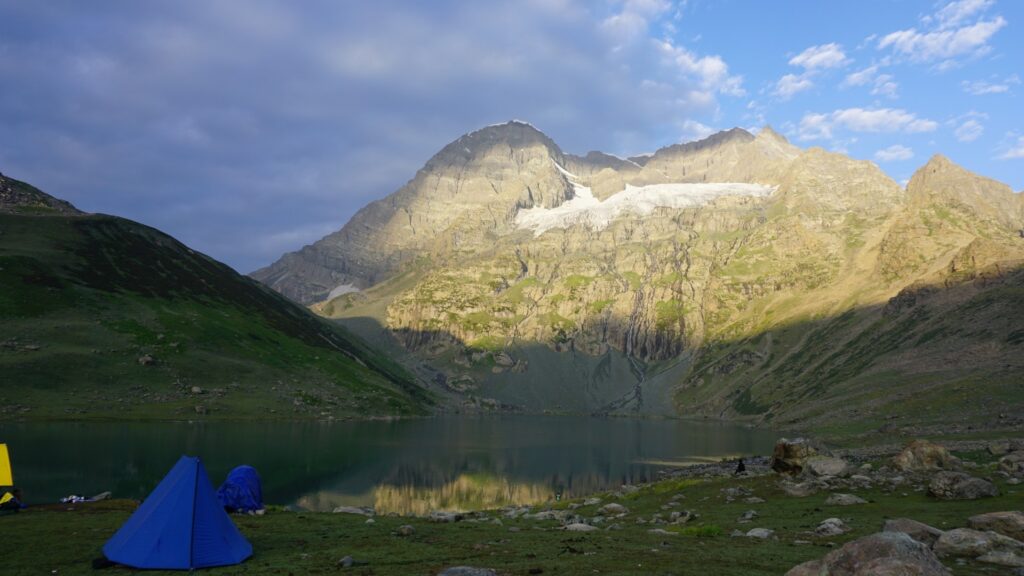

Our final camp at Trundkul was in a broad valley which finally we had all to ourselves. It offered great views of Zajbal Pass and Harmukh and of an army camp downhill from us.
On our last day, we traversed the trail which bumped along above the treeline for quite a bit before abruptly plunging into thick pine forests. The descent was long and hard, exhausting and demanding, but eventually the red roofs of the hamlet of Naranag come into view. I was totally and finally done with my last trekking adventure !
![]()
![]()

